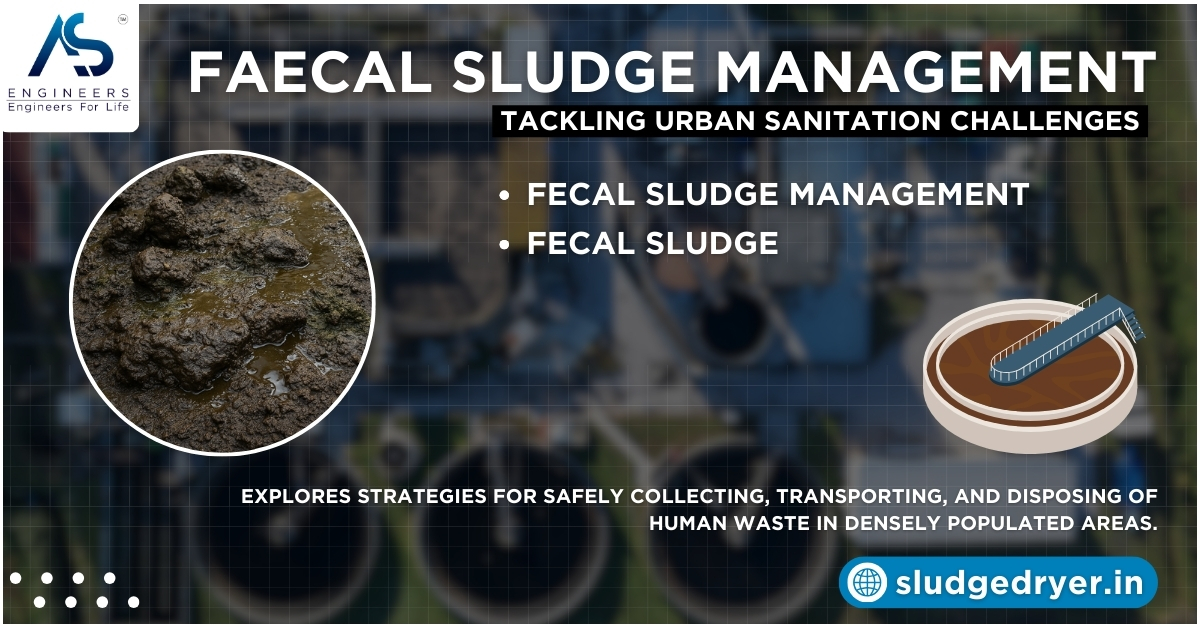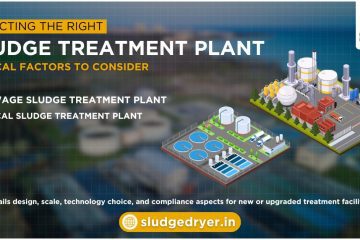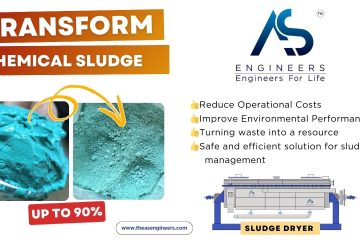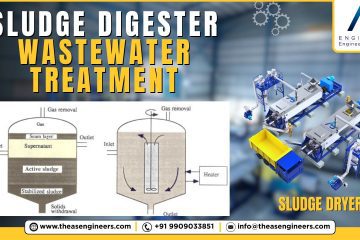Did you know that more than 2.4 billion people worldwide still lack access to basic sanitation, with many relying on onsite systems such as pit latrines and septic tanks? In densely populated urban areas, these systems generate enormous volumes of waste that often go unmanaged, leading to public health crises and environmental damage. This is where faecal sludge management comes into play. By focusing on efficient, safe, and sustainable methods of handling human waste, faecal sludge management becomes a crucial cornerstone in modern sanitation strategies.
This comprehensive guide aims to explore the challenges, technologies, and actionable steps you can take to optimize fecal sludge management in communities both large and small. Whether you oversee a municipality, work in water and sanitation, or simply wish to understand the broader context, this article will walk you through every critical element of proper faecal sludge disposal and treatment.
Table of contents
- 1. Understanding Faecal Sludge Management
- 2. Scale and Scope of the Challenge
- 3. Core Processes in Faecal Sludge Management
- 4. Key Technologies and Methods
- 5. Urban Planning and Infrastructure Considerations
- 6. Real-World Success Stories
- 7. Challenges in Fecal Sludge Management and How to Overcome Them
- 8. Frequently Asked Questions (FAQ)
- 9. Myth-Busting Section
- 10. Conclusion
1. Understanding Faecal Sludge Management
Faecal sludge management is the holistic process of collecting, transporting, treating, and, where possible, converting fecal sludge into valuable byproducts such as fertilizer or energy. In many developing regions, households and communities rely heavily on onsite sanitation systems, like pit latrines, septic tanks, or container-based solutions, that store and accumulate waste. If these systems are not regularly emptied and treated, it can result in significant public health risks, including the spread of diseases like cholera, typhoid, and diarrhea.
Key Components
- Capture and Containment: Properly built latrines, toilets, or septic tanks to store waste.
- Safe Emptying: Removing accumulated sludge without contaminating the surrounding environment.
- Transport and Disposal: Moving the collected waste to a designated facility.
- Treatment and Reuse: Processing the sludge to eliminate pathogens and potentially create resources like compost or biogas.
Though the principle seems straightforward—keep human waste away from human contact—the actual implementation can be complex. Each step requires infrastructure, financing, skilled labor, and public awareness. Without these elements in place, even the most advanced sanitation technology may fail to protect communities.
2. Scale and Scope of the Challenge
In an era of rapid urbanization, especially in low- and middle-income countries, the management of fecal sludge has become a monumental concern. Many cities grow faster than their centralized sewer systems can handle. Informal settlements often lack municipal connections altogether, relying on rudimentary latrines.
Unprecedented Urban Growth
- Population Density: High-density areas generate larger volumes of waste per square kilometer.
- Infrastructure Gaps: Older cities often have outdated sewer systems not designed to accommodate current populations.
- Financial Constraints: Municipal budgets may not scale at the same pace as population growth, leaving a funding gap.
Environmental and Health Impacts
When faecal sludge is improperly disposed of or simply dumped, it contaminates water sources. Groundwater, rivers, and lakes can become breeding grounds for pathogens, risking outbreaks of waterborne diseases. Aquatic life suffers, and local biodiversity can be severely affected. Furthermore, unprocessed fecal sludge can release methane and other greenhouse gases, contributing to climate change.
Regulatory and Policy Barriers
Many regions lack comprehensive sanitation policies that address the entire chain of faecal sludge management. Even when laws exist, enforcement can be inconsistent due to limited resources or overlapping jurisdiction. This policy vacuum hinders the creation of robust, sustainable systems.
3. Core Processes in Faecal Sludge Management
Effective fecal sludge management involves coordinated steps that ensure waste moves safely from households to a treatment site, and possibly towards beneficial reuse. Each process stage offers distinct challenges and solutions.
3.1 Collection
This involves the removal of sludge from onsite sanitation systems, such as pit latrines or septic tanks. Some common methods include:
- Manual Scooping: Still used in certain informal or remote areas, though this poses health risks and is less efficient.
- Vacuum Tankers: Motorized trucks that pump out the sludge. Typically used in urban areas with better road access.
- Small-Scale Mechanical Devices: Portable pumps or hand-driven suction devices designed for narrower, inaccessible spaces.
Effective collection relies on regular scheduling. Sludge volumes can rise unpredictably due to rainfall or infiltration of groundwater into pits. An inconsistent schedule can lead to overflow and contamination.
3.2 Transport
After removal, the sludge must be moved to a safe disposal or treatment site. The mode of transport depends on:
- Infrastructure: Condition of roads and availability of large vehicles.
- Distance: Shorter distances might use carts or tricycles, longer distances need specialized tankers.
- Sludge Consistency: Thicker sludge may require more powerful pumps and sealed containers to prevent spillage.
Many urban areas grapple with traffic congestion, unpaved roads, or narrow alleys that complicate safe and efficient transport.
3.3 Treatment
Treatment breaks down organic matter, removes pathogens, and stabilizes the waste. Key goals are to reduce health risks, minimize environmental impact, and potentially transform sludge into a resource. Common treatment methods include:
- Anaerobic Digestion: Sludge is broken down in the absence of oxygen, producing biogas (methane) that can be used for energy.
- Composting: Co-composting sludge with organic materials such as sawdust or agricultural waste can yield nutrient-rich fertilizer.
- Lime Stabilization: Adding lime to increase pH and eliminate pathogens, commonly used in emergency sanitation.
- Thermal Drying: Uses heat to reduce moisture content, thereby cutting waste volume and odor.
3.4 Resource Recovery
Increasingly, the sector focuses on the concept of a “circular economy.” By reclaiming nutrients and energy, fecal sludge can become an asset rather than merely a waste product.
- Biogas Production: Methane from anaerobic digestion can fuel generators for electricity or be refined as cooking gas.
- Nutrient Recycling: Dried sludge can serve as a soil conditioner, boosting agricultural yields.
- Biosolids for Building Materials: In some research trials, dried sludge has been mixed into bricks or cement for construction applications.
Combining technology with innovative thinking transforms waste management from a financial burden into a source of revenue and sustainable energy.
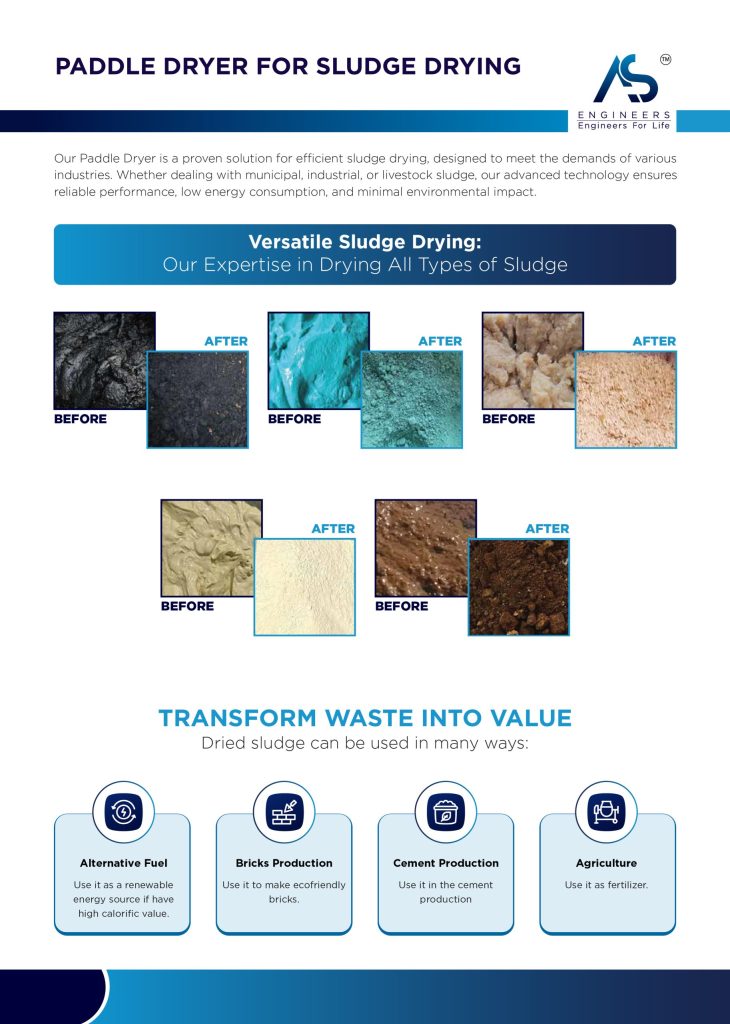
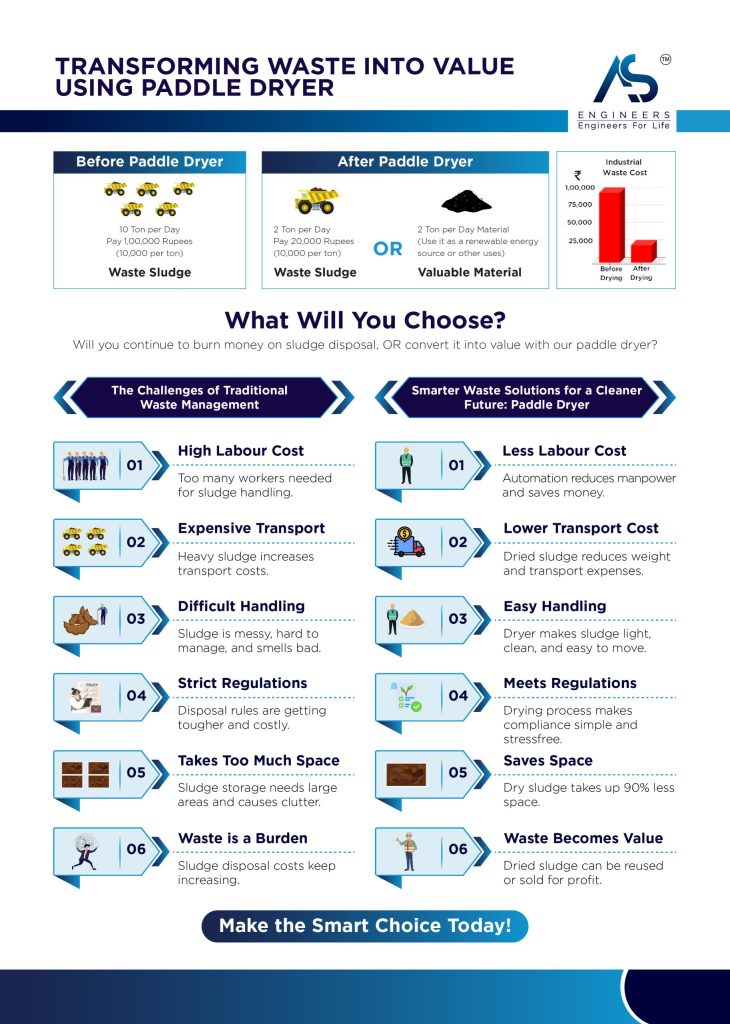
4. Key Technologies and Methods
Sanitation specialists have developed a variety of solutions to tackle the diverse conditions in which fecal sludge accumulates. Understanding these options helps stakeholders choose the right approach for their local environment, budget, and infrastructure.
4.1 Mechanical Emptying Solutions
Vacuum trucks, also called “vacutugs,” use powerful suction to remove sludge quickly. These have become standard in many urban municipalities for their efficiency and speed. However, vacuum trucks can face limitations:
- Road Access: Narrow roads or informal settlements might be impassable for larger vehicles.
- Cost: Fuel, maintenance, and skilled operators can be expensive.
- Sludge Composition: Very thick or solidified sludge might clog hoses and pumps.
Where vacuum trucks cannot operate, smaller mechanical pumps or even pedal-powered devices have emerged as alternatives. These can be more affordable and better suited to cramped urban environments, although they handle lower volumes.
4.2 Decentralized Treatment Units
Rather than transporting fecal sludge to a large centralized plant, decentralized units can be set up closer to the source. These compact systems often combine filtration, settling, and biological treatment in a smaller footprint.
- Advantages: Lower transport costs, quicker implementation, and the ability to scale as the area grows.
- Disadvantages: Each unit needs ongoing maintenance, and local staff must be trained to manage them effectively.
These treatment units can be an excellent option for rapidly urbanizing or peri-urban zones, where central infrastructure is lacking.
4.3 Sludge Drying Beds
A low-tech but effective method, drying beds use natural solar evaporation and drainage to reduce water content in sludge. The simpler versions consist of a cement or brick bed layered with sand and gravel. Sludge is spread on top, and over days or weeks, water evaporates or drains away, leaving behind a dried residue.
- Pros: Low operational costs, minimal energy usage, straightforward to build using local materials.
- Cons: Requires sufficient land, depends on climate (rainy or cold regions may slow drying), can produce odors if not managed well.
Hybrid drying beds now incorporate greenhouse structures or mechanized mixing to speed up the process. These approaches maintain the fundamental simplicity of the technology but improve reliability and throughput.
4.4 Co-Treatment with Municipal Wastewater
In regions with well-established wastewater treatment plants, co-treating faecal sludge with municipal sewage can be efficient. Fecal sludge is delivered to the plant and blended with incoming sewage flows. However, this approach has conditions:
- Capacity Issues: If the plant was not designed for added sludge loads, performance can drop.
- Pre-Treatment Needs: Very thick sludge can overwhelm standard screening and aeration systems.
- Infrastructure Requirements: Transporting faecal sludge to the plant can be expensive and logistically complex.
When carefully managed, co-treatment offers economies of scale and allows municipalities to maximize existing infrastructure.
5. Urban Planning and Infrastructure Considerations
Tackling faecal sludge management effectively requires integrated urban planning. You cannot simply install a few vacuum trucks or build a treatment plant in isolation; the entire sanitation ecosystem—housing, roads, regulations—must be aligned.
5.1 Zoning and Land Use
Assigning adequate space for treatment facilities and transport corridors is critical. In many cities, land is at a premium, and placing a waste treatment site near residential or commercial zones can spark opposition due to odor or perceived health risks. Planners should:
- Identify Appropriate Buffers: Zones around the treatment plant to minimize nuisance.
- Coordinate with Future Expansion: As populations grow, the land area for waste handling might need to increase.
- Engage Local Communities: Involving residents early can help mitigate resistance and foster acceptance.
5.2 Stakeholder Engagement
Sanitation projects succeed when diverse groups—community members, government bodies, NGOs, and private sector stakeholders—work together. Key actions include:
- Workshops and Public Forums: Gather feedback on proposed solutions.
- Capacity Building: Train local operators, entrepreneurs, and technicians to run and maintain facilities.
- Policy Advocacy: Show elected officials the economic and social benefits of robust fecal sludge management to secure funding and long-term support.
Public awareness campaigns that highlight sanitation’s link to health and environmental well-being can help shift social norms around waste handling and disposal.
5.3 Financial Models and Cost Recovery
Faecal sludge management often requires large capital investments for vehicles, treatment plants, and continuous maintenance. Sustainable financing mechanisms include:
- User Fees: Households pay a small fee for emptying services.
- Municipal Subsidies: Governments can offset part of the cost for low-income communities.
- Public-Private Partnerships: Private operators manage services under government oversight, ensuring efficiency while maintaining regulatory standards.
- Revenue from Byproducts: Sales of compost or biogas can partially offset operational expenses.
The overarching goal is to balance affordability with cost recovery to keep the system running without major disruptions.
5.4 Policy and Legal Frameworks
Without clear legal mandates, the best infrastructure can lie unused or misused. Effective legislation typically covers:
- Standards for Sludge Quality: Defines acceptable levels of pathogens or pollutants in treated sludge.
- Licensing and Regulation of Service Providers: Ensures that vacuum truck operators and treatment facilities meet safety standards.
- Monitoring and Enforcement: Government or third-party bodies conduct inspections and impose penalties for illegal dumping.
Progressive governments are incorporating faecal sludge management into broader national sanitation strategies, providing a unified framework for action.
6. Real-World Success Stories
While the challenges may seem daunting, various cities and communities have implemented innovative solutions that can inspire broader applications.
Example 1: Transforming Kampala’s Urban Sanitation
In Kampala, Uganda, authorities recognized that more than half the city relied on pit latrines. With support from multiple development partners, the city introduced a professionalized emptying service featuring smaller vacuum tankers designed for narrow roads. Local entrepreneurs received training, access to loans for equipment, and the knowledge to run profitable businesses. As part of the initiative, new transfer stations were built to reduce transport distances, and a centralized treatment plant upgraded to handle faecal sludge. This combination of small business development and improved infrastructure significantly reduced illegal dumping and improved public health.
Example 2: Decentralized Composting in Dhaka
Dhaka, Bangladesh, faced a severe waste management crisis. Officials introduced community-level composting facilities, turning sludge and organic waste into nutrient-rich fertilizer. Local residents were trained to operate and maintain these facilities, earning income from fertilizer sales. This approach alleviated pressure on overburdened landfills and provided an incentive for proper waste disposal. It also demonstrated how small-scale solutions can have a significant collective impact.
Example 3: Biogas Innovations in Indonesia
In certain regions of Indonesia, engineers integrated small-scale anaerobic digesters into household-level sanitation systems. Collected sludge was fed into digesters that produced biogas for cooking and lighting. This innovation reduced reliance on external energy sources and gave communities a tangible benefit from fecal sludge management. Coupled with training programs, these digesters became a point of pride for villages, spurring further investments in sanitation and hygiene.
In each instance, success hinged on local engagement, government support, and the right blend of technology and finance. These examples prove that faecal sludge management can be both feasible and transformative when tackled systematically.
7. Challenges in Fecal Sludge Management and How to Overcome Them
Every successful faecal sludge program faces issues. Being proactive about potential pitfalls can help you design robust, resilient systems.
7.1 Technical Constraints
Challenge: Certain areas lack water or power supplies, making high-tech solutions unworkable.
Solution: Opt for low-tech but reliable methods like drying beds or anaerobic digestion systems that require minimal external energy.
7.2 Social Stigma
Challenge: Handling human waste is often considered “unclean” work. Operators may face discrimination, and communities might be reluctant to accept new sludge treatment sites in their neighborhoods.
Solution: Community outreach, inclusive hiring practices, and public education campaigns can shift attitudes. Demonstrating the economic and environmental benefits of fecal sludge management helps normalize its role in society.
7.3 Funding Gaps
Challenge: Infrastructure costs are high, and municipalities may not prioritize faecal sludge management in budgets.
Solution: Diversify funding through public-private partnerships, grants, microfinance, and revenue from byproducts like fertilizer or biogas. Illustrate to policymakers how improved sanitation correlates with reduced healthcare costs and a more productive workforce.
7.4 Regulatory Hurdles
Challenge: Outdated or fragmented regulations can hamper project implementation.
Solution: Advocate for updated sanitation policies that encompass the entire chain of fecal sludge management. Collaborate with government agencies and NGOs to harmonize standards and enforcement.
7.5 Operational Efficiency
Challenge: Even with the right equipment, poor management or maintenance can cause breakdowns.
Solution: Implement robust training programs, schedule regular maintenance, and invest in spare parts. Data-driven approaches—like digital tracking of vacuum tanker movements—can reduce inefficiencies and prevent illegal dumping.
By addressing these challenges systematically, your faecal sludge management programs are far more likely to succeed, offering lasting benefits for both people and the environment.
8. Frequently Asked Questions (FAQ)
Q1: How is faecal sludge management different from conventional sewerage?
Faecal sludge management deals with onsite sanitation systems like pit latrines and septic tanks, where waste accumulates locally. Conventional sewerage transports waste via a centralized sewer network to a large treatment plant. FSM focuses on safe emptying and treatment of stored sludge, often requiring different infrastructure and operations.
Q2: Can fecal sludge be treated without high-tech facilities?
Yes, low-tech solutions such as drying beds, composting, and basic anaerobic digesters can effectively treat fecal sludge. These methods rely on natural processes like evaporation, microbial action, and sunlight, making them suitable for locations with limited resources.
Q3: How can small communities fund faecal sludge management initiatives?
They can use a mix of community-led approaches, microfinance schemes, and local government subsidies. Business models that generate income—like selling compost or biogas—also help offset operational costs.
Q4: How often should septic tanks or pit latrines be emptied?
The frequency depends on tank size, user numbers, and sludge accumulation rates. Generally, a septic tank might need emptying every 3-5 years. Pit latrines can fill faster if groundwater inflow or household size is high. Monitoring sludge levels is essential for timely emptying.
Q5: Is there a significant difference between “faecal sludge” and “fecal sludge”?
Both terms refer to the same substance—human waste stored in pits, tanks, or container-based systems. “Faecal” is the British English spelling, while “fecal” is the American English variant. The management principles remain identical regardless of spelling convention.
9. Myth-Busting Section
Myth 1: “Only Rural Areas Need Faecal Sludge Management”
Reality: Rapid urbanization, especially in informal settlements, has outstripped sewer capacities. Large portions of city populations rely on pit latrines or septic tanks, making faecal sludge management critical in urban centers.
Myth 2: “It’s Too Expensive to Implement Proper Management”
Reality: While infrastructure costs can be substantial, numerous funding models and low-cost technologies exist. Over the long term, investing in fecal sludge management reduces healthcare expenses, pollution, and other financial burdens.
Myth 3: “Faecal Sludge Has No Value”
Reality: Properly treated sludge can become a valuable resource—fertilizer for agriculture, an energy source via biogas, and even materials for building products. When managed well, fecal sludge can generate revenue rather than just consume budgets.
Myth 4: “Manual Scavenging Is Inevitable”
Reality: Technological solutions, from small-scale vacuum pumps to mechanical emptying devices, are available. With the right investment and training, manual scavenging can be phased out, protecting workers’ dignity and health.
Myth 5: “Policy Alone Solves the Problem”
Reality: Regulations are essential, but without community engagement, financial mechanisms, and operational efficiencies, policy pronouncements can remain unenforced. Success requires coordination among numerous stakeholders and consistent on-the-ground action.
10. Conclusion
Efficient faecal sludge management is more than a sanitation upgrade—it is a strategic investment in public health, environmental sustainability, and community development. When governments, private sector players, and local communities collaborate, even the most challenging urban contexts can transform their sanitation landscapes. By focusing on infrastructure, policy frameworks, and sustainable financing, you can turn fecal sludge management into a beneficial cycle, reducing health risks while recovering valuable resources like biogas or compost. The journey may be complex, but the rewards—in enhanced living conditions, economic growth, and ecological balance—are immeasurable. Share your thoughts below, subscribe for more insights, and explore additional resources to deepen your understanding and take meaningful action in improving faecal sludge management.

